Home>Ideas and Tips>Smart Smoke Alarm Placement for Optimal Fire Detection Coverage
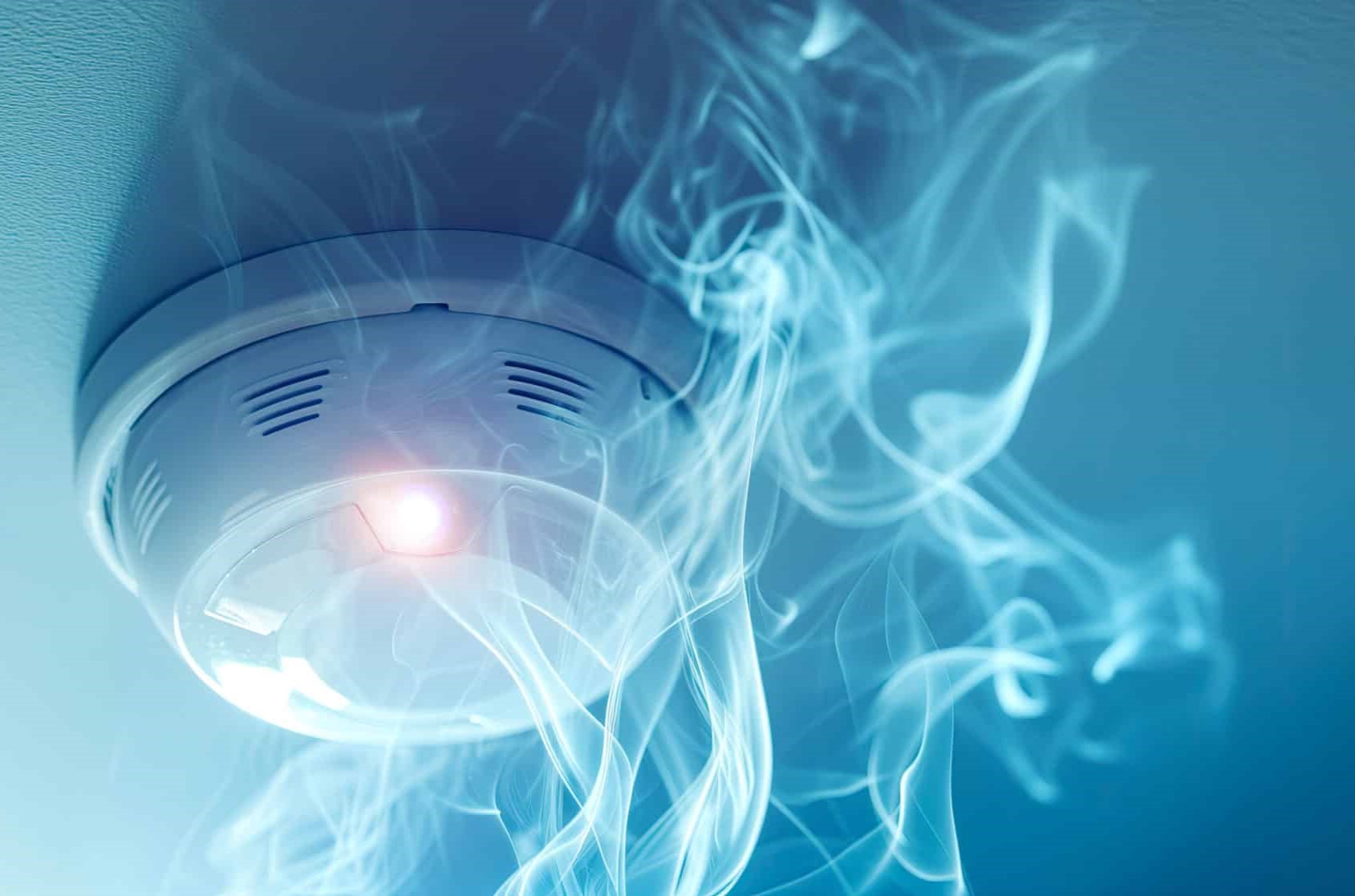

Ideas and Tips
Smart Smoke Alarm Placement for Optimal Fire Detection Coverage
Published: August 28, 2024
Learn optimal strategies for placing smart smoke alarms to ensure comprehensive fire detection and enhance home safety.
(Many of the links in this article redirect to a specific reviewed product. Your purchase of these products through affiliate links helps to generate commission for Storables.com, at no extra cost. Learn more)
Introduction
Fire safety is a critical aspect of home improvement, and one of the most effective ways to prevent fire-related injuries and fatalities is through the proper installation and maintenance of smoke alarms. Smoke alarms are designed to detect the presence of smoke in the air, alerting occupants to potential fires before they spread. However, the effectiveness of smoke alarms depends significantly on their placement within a home. In this article, we will explore the optimal placement strategies for smart smoke alarms to ensure comprehensive fire detection coverage.
The Importance of Smoke Alarms
Globally, fire-related burns and smoke inhalation accounted for 238,000 deaths in 2000, with children and young persons aged less than 44 years accounting for the highest proportion of deaths. Smoke alarm ownership has been associated with a significant reduction in fire-related fatalities. According to various studies, homes with working smoke alarms are less likely to experience fatal fires compared to those without them.
Current Challenges in Smoke Alarm Placement
Despite the importance of smoke alarms, many homes are not properly protected. A significant number of residences lack sufficient working smoke alarms or do not have them installed in strategic locations. This lack of proper placement leaves occupants at risk, especially in areas like hallways and sleeping quarters where early detection is crucial.
Smart Smoke Alarms: The Future of Fire Detection
Smart smoke alarms are equipped with advanced technologies that enhance their ability to detect fires accurately and reduce false alarms. These devices often incorporate multiple sensors such as photoelectric, ionization, and heat sensors to provide comprehensive coverage. Additionally, smart smoke alarms can be integrated with home automation systems, allowing for remote monitoring and alerts via smartphones or other connected devices.
Optimal Placement Strategies
To maximize the effectiveness of smart smoke alarms, it is essential to follow specific placement strategies:
1. Install on Each Floor
One of the most critical placement strategies is to install smoke alarms on every level of the home. This includes the basement, main living areas, and upper floors. This ensures that if a fire starts on any level, the alarm will sound promptly, giving occupants ample time to evacuate.
2. Hallways and Corridors
Smoke alarms should be placed in hallways and corridors leading to sleeping areas. These locations are crucial because they provide early detection of smoke, allowing occupants to respond quickly to potential fires.
3. Inside Sleeping Areas
It is recommended to install smoke alarms inside sleeping areas, such as bedrooms. This is particularly important for children and elderly individuals who may not be able to hear an alarm from another part of the house.
4. Kitchen and Dining Areas
The kitchen and dining areas are high-risk zones for fires due to cooking activities. Installing smoke alarms in these areas can help detect fires early, especially those caused by grease or electrical malfunctions.
5. Near Fireplaces and Wood Stoves
If you have a fireplace or wood stove, it is advisable to install a smoke alarm near these appliances. These areas can produce smoke that may not be detected by standard smoke alarms, especially if they are not equipped with specialized sensors.
6. Avoid False Alarms
To minimize false alarms, it is essential to avoid placing smoke alarms near sources of smoke such as cooking areas, bathrooms, and laundry rooms. Additionally, keeping smoke alarms clean and free from dust can help reduce false alarms caused by particles in the air.
Advanced Technologies in Smart Smoke Alarms
Smart smoke alarms incorporate advanced technologies that improve their performance and reduce false alarms. Some of these technologies include:
Linear Discriminant Analysis (LDA)
Linear Discriminant Analysis (LDA) is a mathematical technique used in advanced smoke alarms to optimize the discrimination between hazardous and nonhazardous conditions. By analyzing data from multiple sensors in real-time, LDA can reduce nuisance alarms and improve the accuracy of fire detection.
Multiple Sensors
Smart smoke alarms often use multiple sensors such as photoelectric, ionization, and heat sensors. These sensors work together to provide comprehensive coverage and reduce false alarms caused by environmental factors like cooking or steam.
Integration with Home Automation Systems
Smart smoke alarms can be integrated with home automation systems, allowing for remote monitoring and alerts via smartphones or other connected devices. This integration enhances the overall safety of the home by providing quick alerts to occupants and emergency services in case of a fire.
Case Study: Smart Smoke Alarm Using LDA
A case study on the Smart Smoke Alarm using Linear Discriminant Analysis (LDA) demonstrates the effectiveness of advanced technologies in improving fire detection. This system uses data from one or more sensors to optimize the discrimination between hazardous and nonhazardous conditions. The addition of a temperature sensor or a carbon monoxide sensor allows better discrimination between real fires and nuisance sources. The Smart Smoke Alarm has been tested at Underwriters Laboratories (UL) and performed well in various fire tests, including flaming and smoldering foam tests.
Conclusion
Proper placement of smart smoke alarms is crucial for optimal fire detection coverage. By installing alarms on each floor, in hallways and corridors, inside sleeping areas, near fireplaces and wood stoves, and avoiding false alarm sources, homeowners can significantly reduce the risk of fire-related injuries and fatalities. The integration of advanced technologies like LDA and multiple sensors further enhances the performance of smart smoke alarms, making them a vital component of home safety.
Recommendations
- Regular Maintenance: Ensure that all smoke alarms are regularly tested and maintained. Replace batteries annually or consider hardwiring your alarms for continuous power.
- New Technology Adoption: Consider adopting smart smoke alarms that incorporate advanced technologies like LDA and multiple sensors.
- Educational Programs: Participate in educational programs that promote advanced smoke alarm education among community members.
- Community Involvement: Engage with local fire departments to ensure that your home meets all safety standards.
By following these recommendations and implementing optimal placement strategies for smart smoke alarms, homeowners can create a safer environment for themselves and their families.
References Interventions for promoting smoke alarm ownership and function. (n.d.). Retrieved from https://www.ncbi.nlm.nih.gov/pmc/articles/PMC7017850/ Available CRAN Packages By Date of Publication. (n.d.). Retrieved from https://cran.r-project.org/web/packages/available_packages_by_date.html Smart Smoke Alarm Using Linear Discriminant Analysis. (n.d.). Retrieved from https://www.usfa.fema.gov/downloads/pdf/publications/smart_smoke_alarm_lda.pdf Smart Alarm Choices – International Association of Fire Chiefs. (n.d.). Retrieved from https://www.iafc.org/topics-and-tools/fire-prevention/smart-alarm-choices Fire Detection Method in Smart City Environments Using a Deep Convolutional Neural Network. (n.d.). Retrieved from https://www.mdpi.com/2079-9292/11/1/73
Was this page helpful?
At Storables.com, we guarantee accurate and reliable information. Our content, validated by Expert Board Contributors, is crafted following stringent Editorial Policies. We're committed to providing you with well-researched, expert-backed insights for all your informational needs.
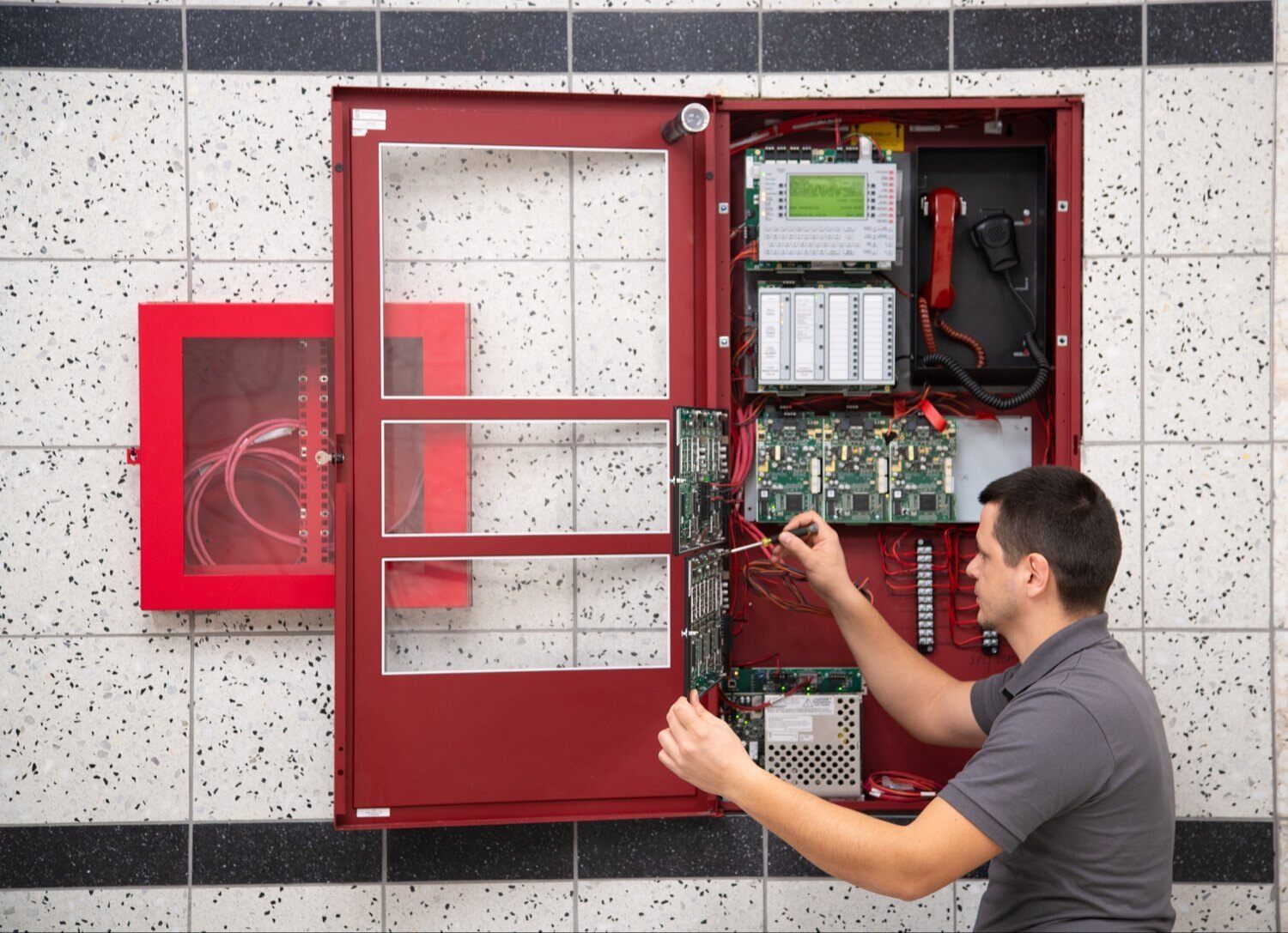

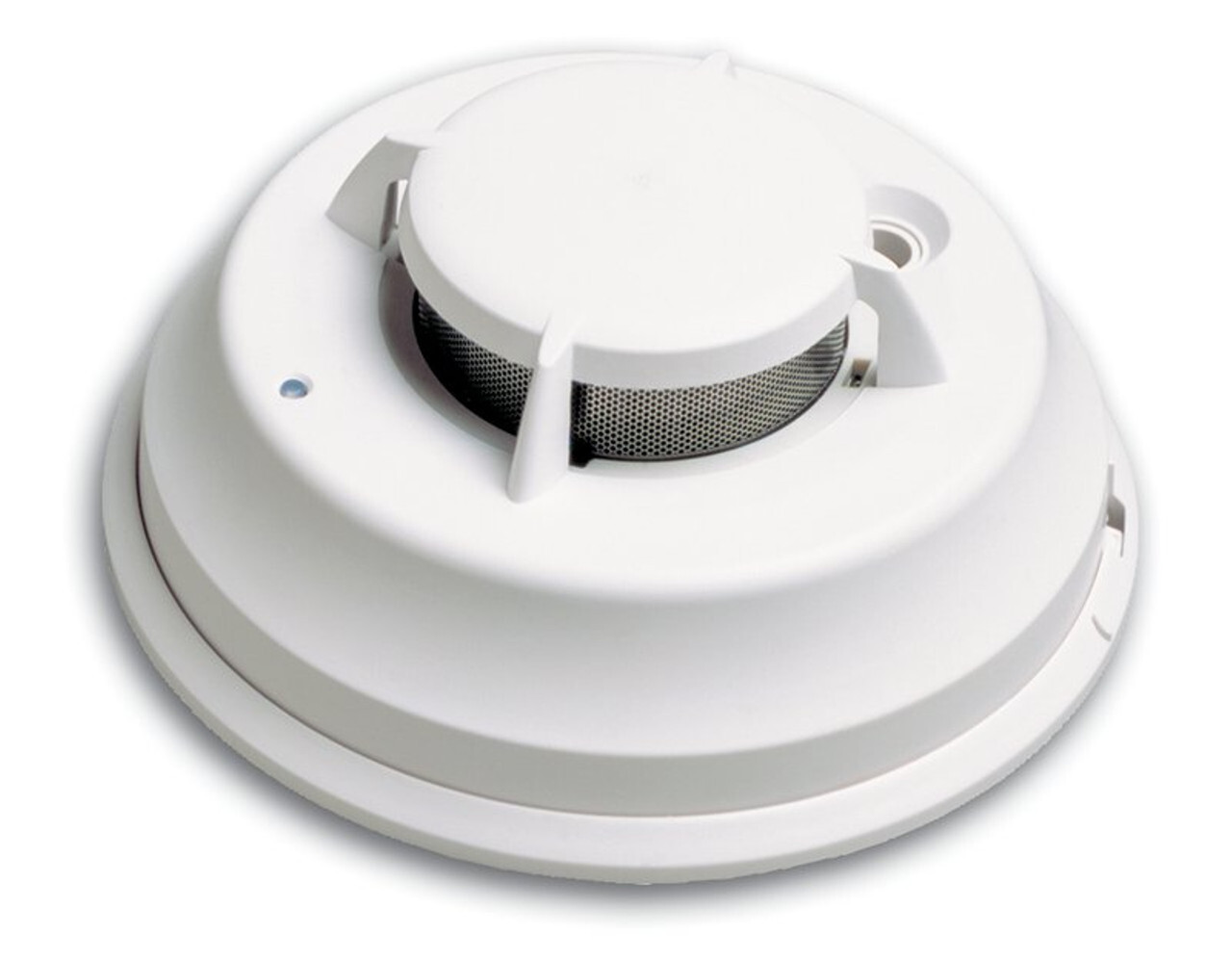



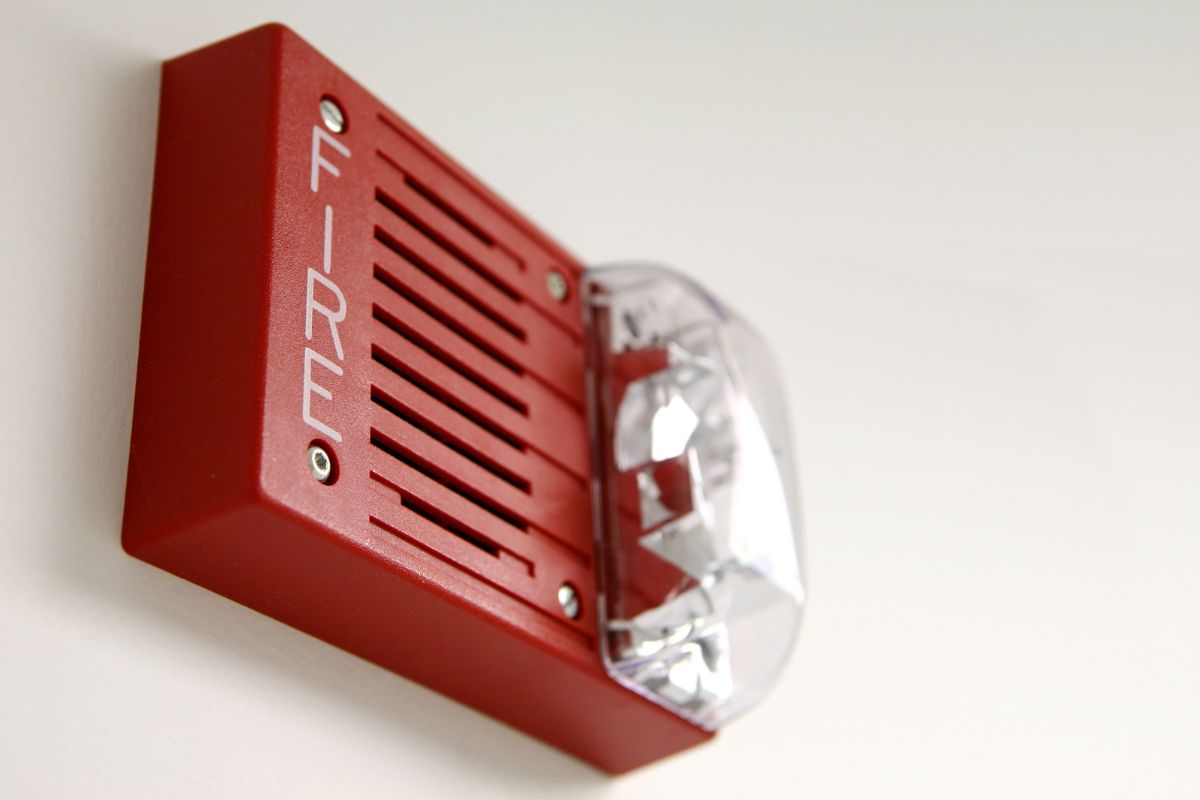
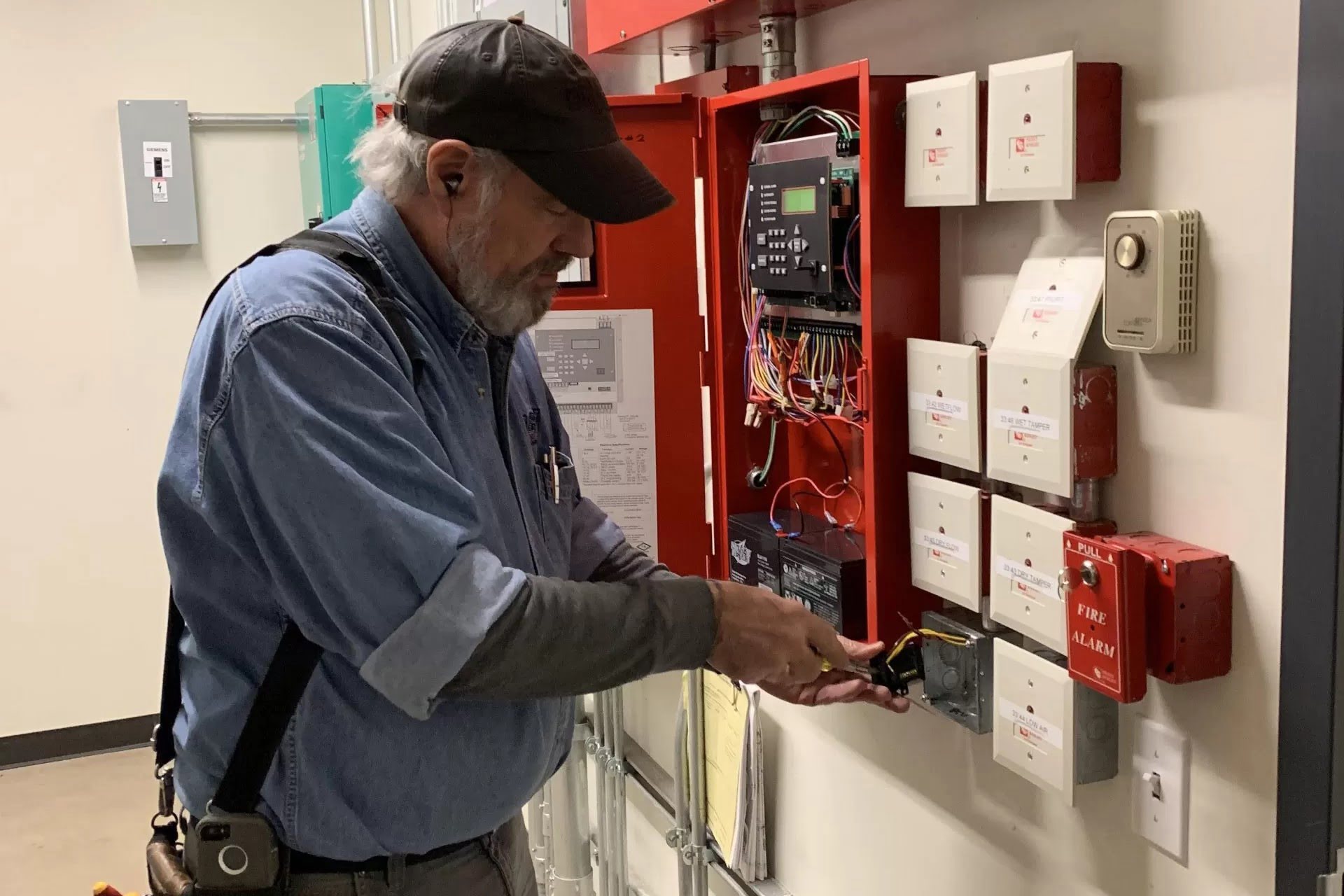
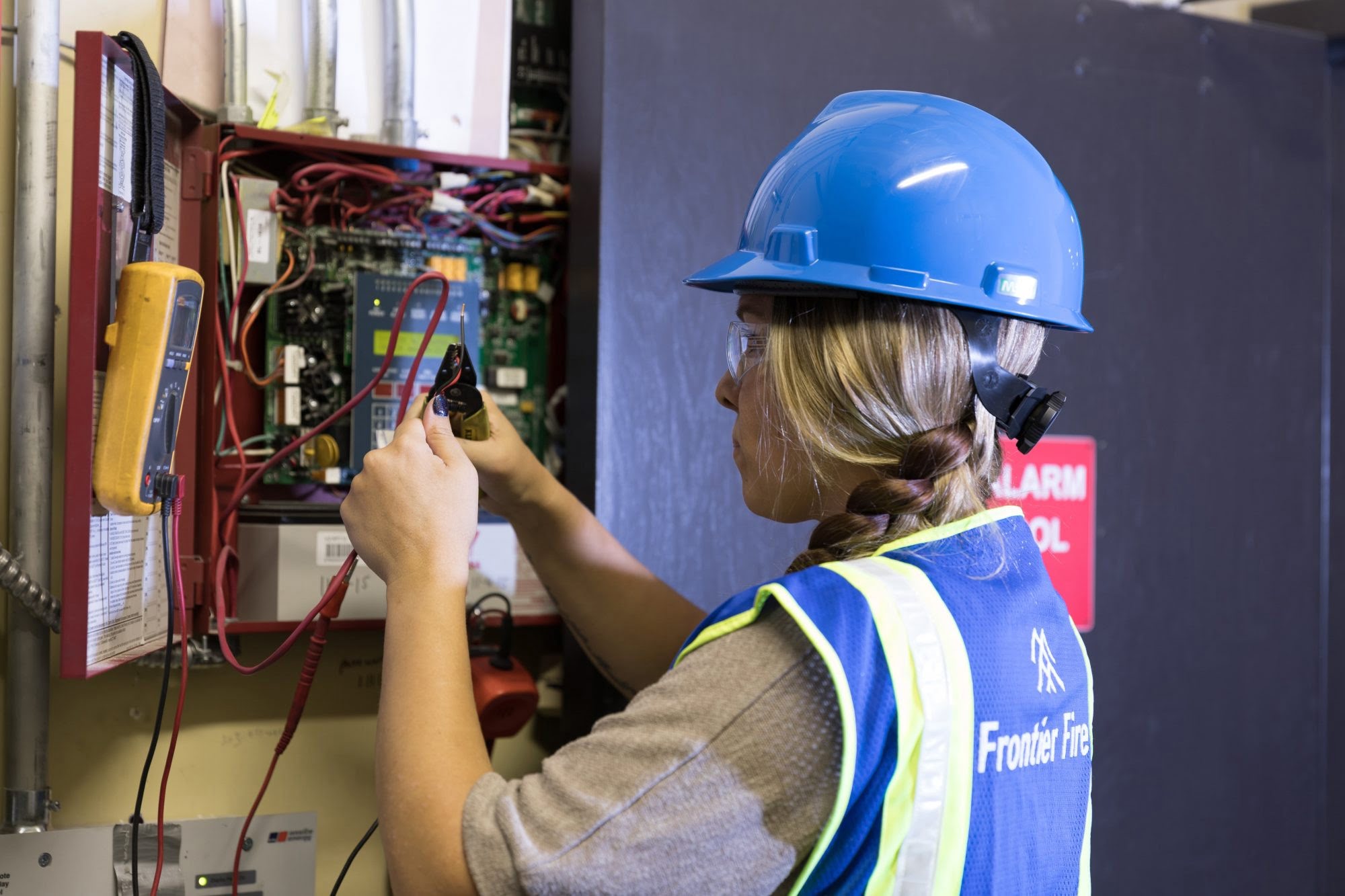
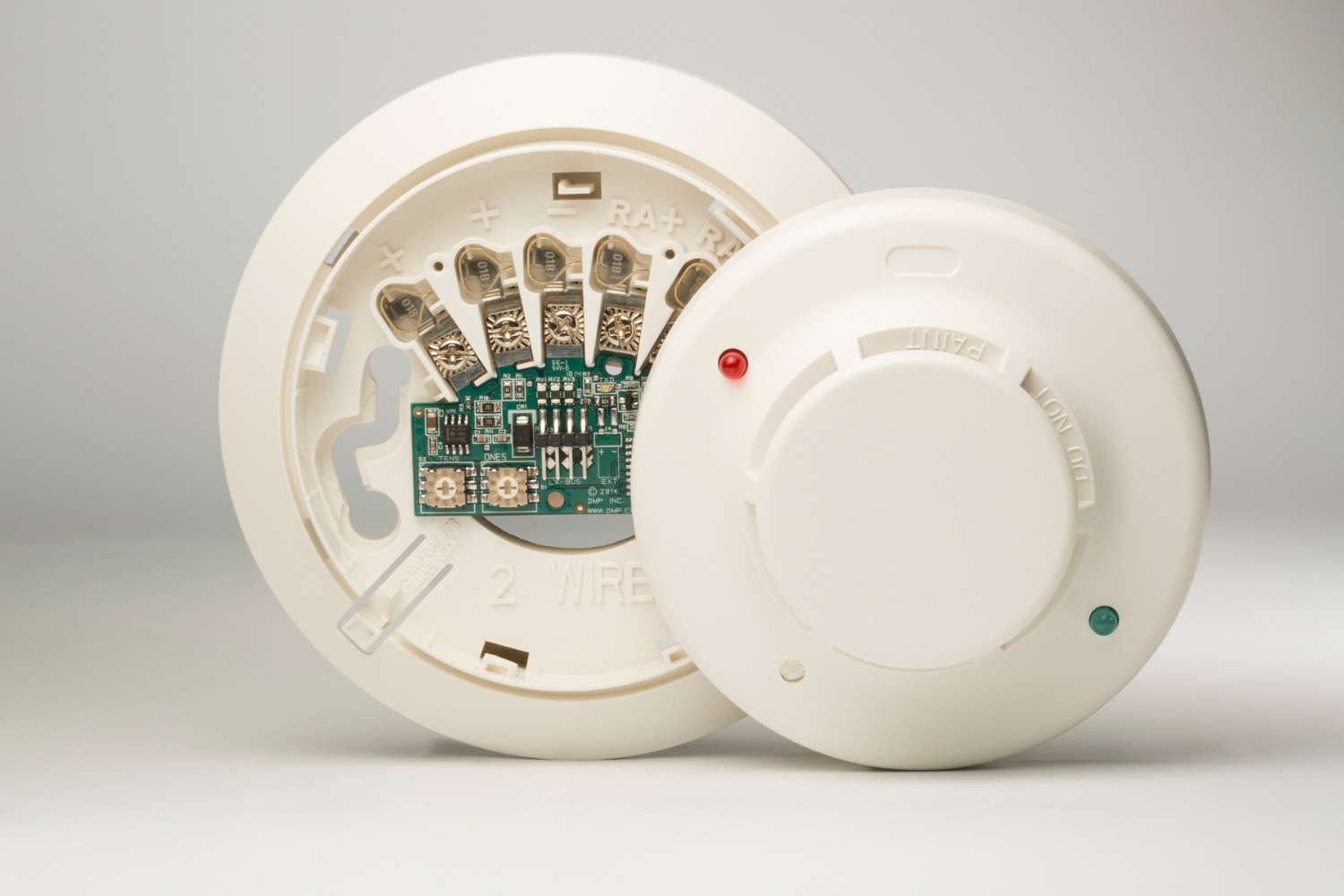
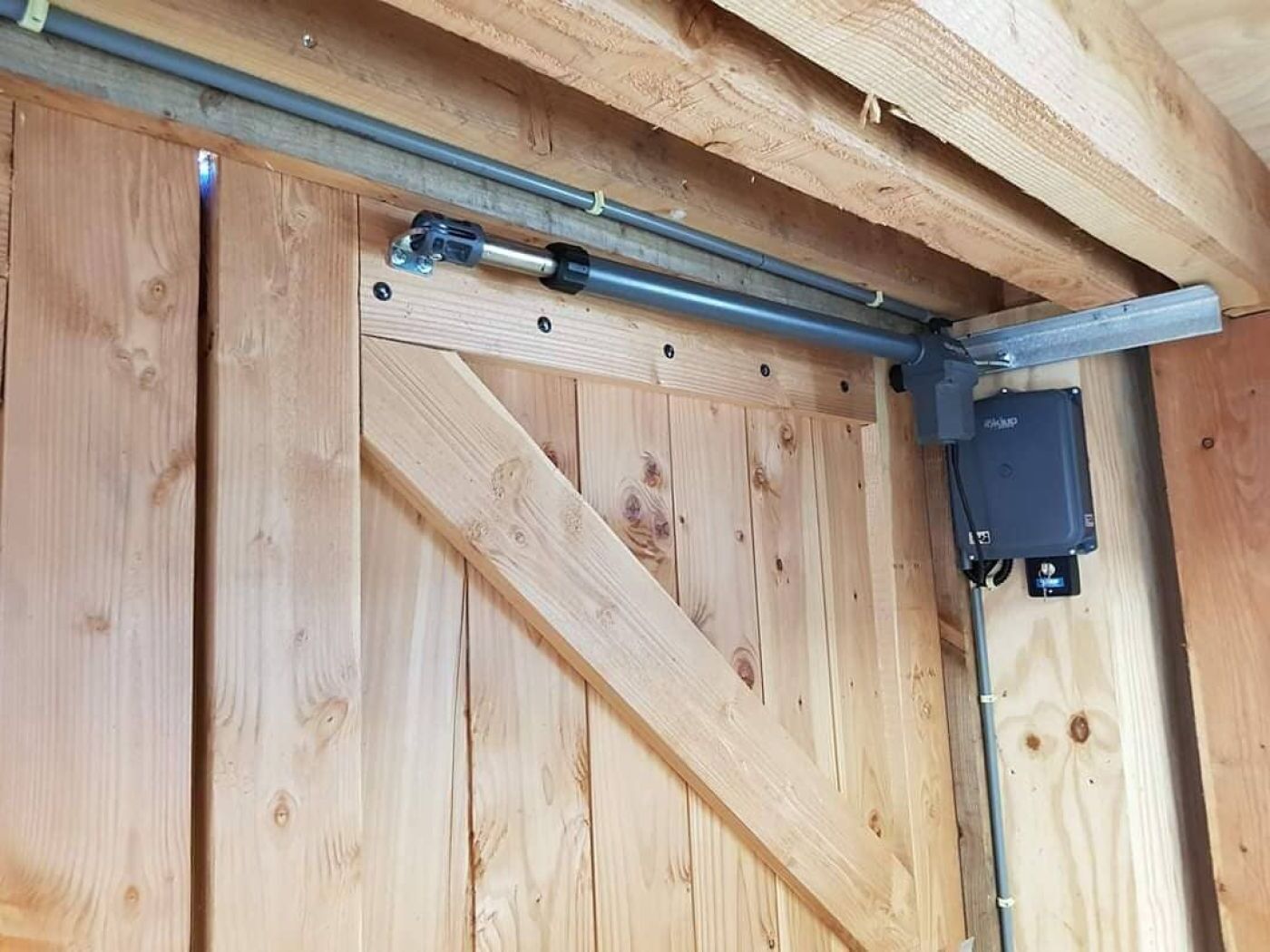

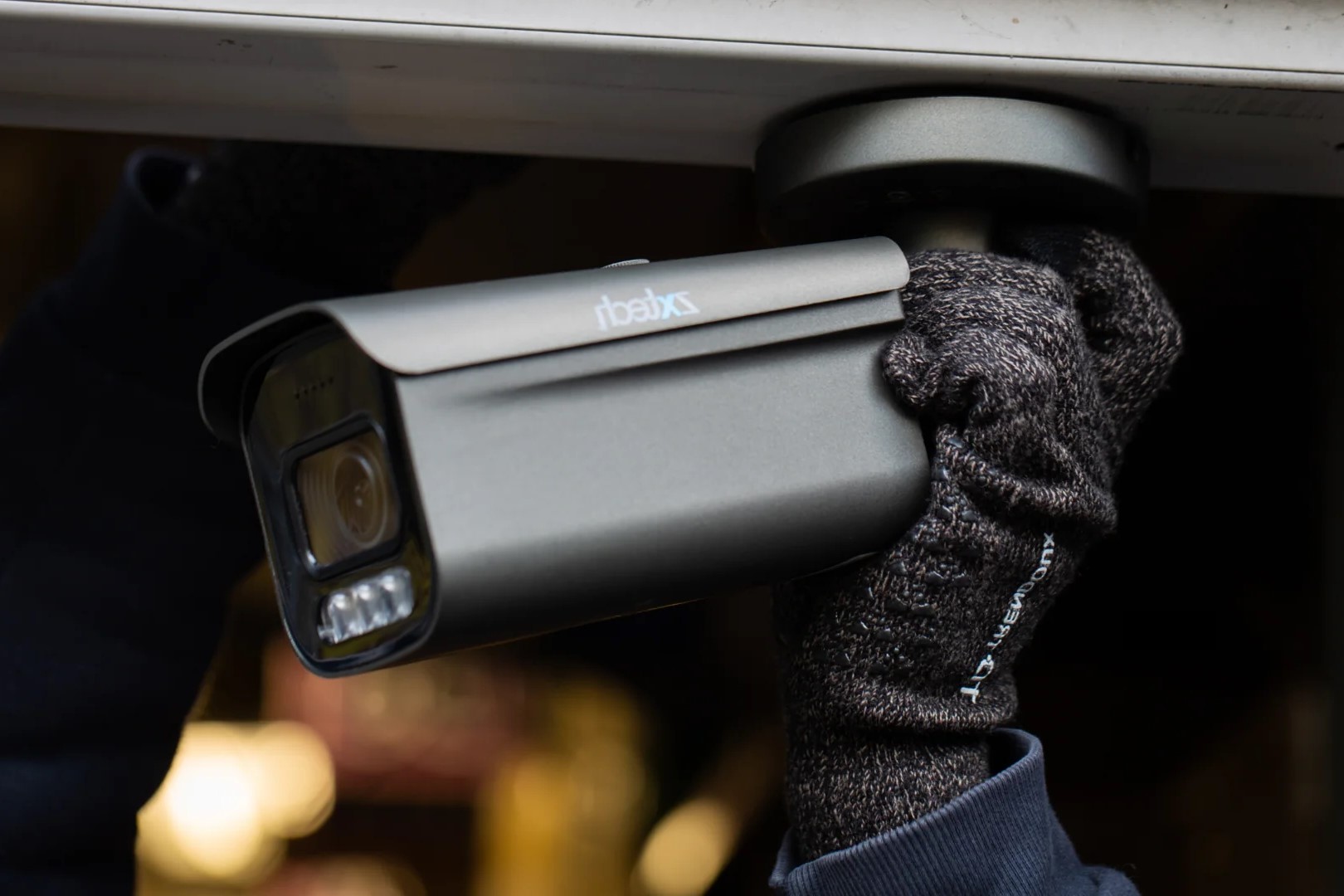

0 thoughts on “Smart Smoke Alarm Placement for Optimal Fire Detection Coverage”